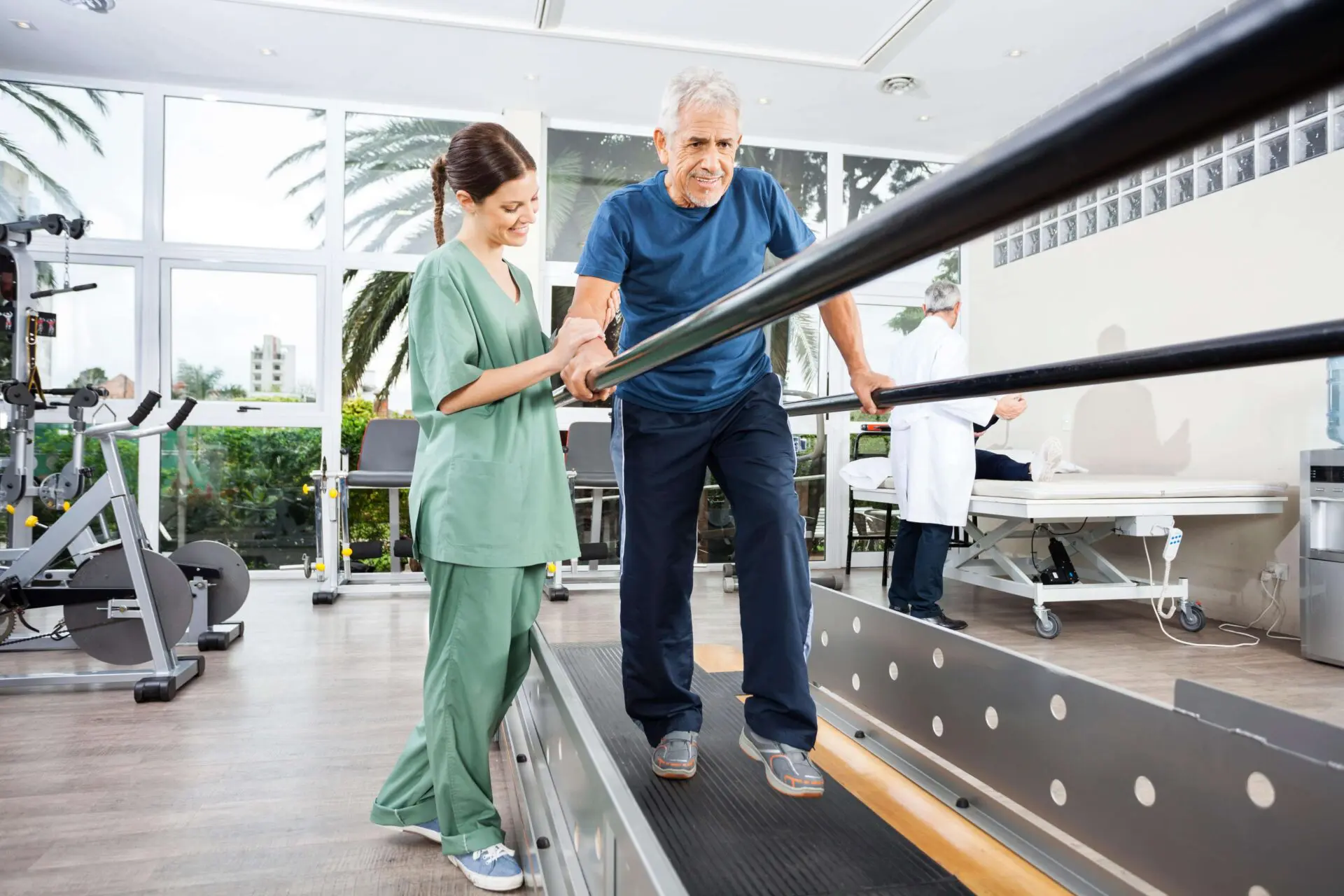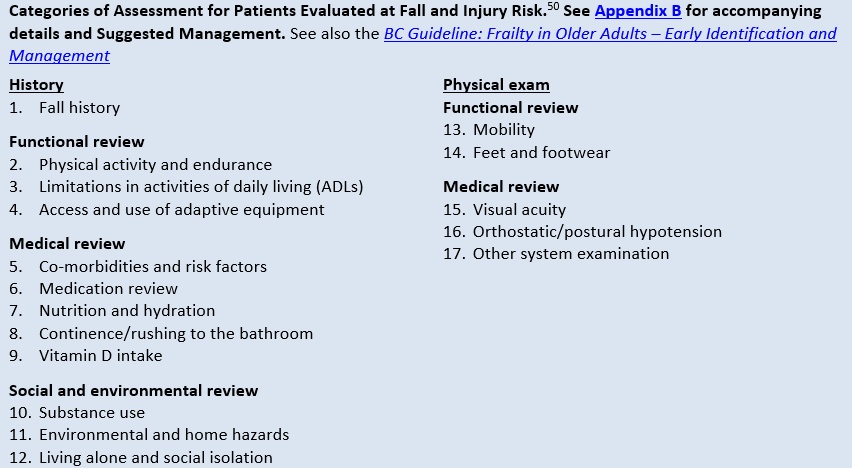9 Simple Techniques For Dementia Fall Risk
9 Simple Techniques For Dementia Fall Risk
Blog Article
About Dementia Fall Risk
Table of Contents3 Easy Facts About Dementia Fall Risk Described3 Easy Facts About Dementia Fall Risk ExplainedSome Ideas on Dementia Fall Risk You Need To KnowThe Best Strategy To Use For Dementia Fall Risk
A loss risk evaluation checks to see exactly how likely it is that you will fall. The evaluation generally includes: This includes a series of concerns concerning your overall health and wellness and if you have actually had previous falls or issues with equilibrium, standing, and/or walking.Interventions are referrals that might minimize your threat of dropping. STEADI includes three steps: you for your danger of falling for your threat aspects that can be improved to attempt to avoid drops (for example, equilibrium issues, impaired vision) to reduce your threat of falling by using reliable techniques (for instance, offering education and learning and sources), you may be asked several inquiries including: Have you dropped in the past year? Are you stressed regarding falling?
You'll rest down once again. Your copyright will examine how much time it takes you to do this. If it takes you 12 secs or more, it might indicate you are at greater threat for an autumn. This test checks stamina and equilibrium. You'll being in a chair with your arms crossed over your breast.
The positions will certainly get tougher as you go. Stand with your feet side-by-side. Move one foot midway forward, so the instep is touching the large toe of your other foot. Relocate one foot totally before the other, so the toes are touching the heel of your other foot.
Dementia Fall Risk for Beginners
A lot of falls take place as a result of numerous adding factors; for that reason, managing the risk of dropping begins with identifying the elements that add to drop risk - Dementia Fall Risk. Several of one of the most relevant danger factors consist of: Background of prior fallsChronic medical conditionsAcute illnessImpaired gait and equilibrium, lower extremity weaknessCognitive impairmentChanges in visionCertain high-risk medications and polypharmacyEnvironmental aspects can also increase the risk for falls, consisting of: Inadequate lightingUneven or damaged flooringWet or slippery floorsMissing or harmed hand rails and grab barsDamaged or poorly equipped equipment, such as beds, mobility devices, or walkersImproper use of assistive devicesInadequate supervision of the individuals living in the NF, including those that show hostile behaviorsA effective loss danger administration program requires a complete scientific assessment, with input from all participants of the interdisciplinary team

The treatment plan need to likewise include interventions that are system-based, such as those that advertise a safe setting (suitable lights, handrails, order bars, etc). The performance of the interventions need to be assessed periodically, and the treatment plan changed as required to reflect changes in the loss risk evaluation. Executing a loss risk administration system making use of evidence-based best practice can reduce the occurrence of drops in the NF, while limiting the capacity for fall-related injuries.
A Biased View of Dementia Fall Risk
The AGS/BGS standard suggests screening all grownups aged 65 years and older for loss threat annually. This screening contains asking individuals whether they have fallen 2 or more times in the past year or sought medical attention for a fall, or, if they have not fallen, whether they really feel unstable when strolling.
Individuals who have fallen once you can look here without injury should have their balance and stride reviewed; those with gait or balance irregularities should obtain added analysis. A background of 1 autumn without injury and without gait or balance problems does not warrant more analysis beyond continued annual loss threat screening. Dementia Fall Risk. A fall risk assessment is called for as component of the Welcome to Medicare exam

Facts About Dementia Fall Risk Revealed
Recording a falls history is one of the quality signs for loss avoidance and management. copyright drugs in specific are independent forecasters of drops.
Postural hypotension can usually be eased by minimizing the dosage of blood pressurelowering medicines and/or quiting drugs that have orthostatic hypotension as a side effect. Use of above-the-knee assistance tube and copulating the head of the bed raised might also lower postural reductions in navigate to this site blood pressure. The recommended aspects of a fall-focused checkup are displayed in Box 1.

A pull time more than or equivalent to 12 secs recommends high loss risk. The 30-Second Chair Stand test analyzes lower extremity strength and balance. Being not able to stand from a chair of knee elevation without making use of one's arms indicates boosted fall threat. The 4-Stage Equilibrium test examines static equilibrium by having the patient stand in 4 settings, each considerably extra difficult.
Report this page